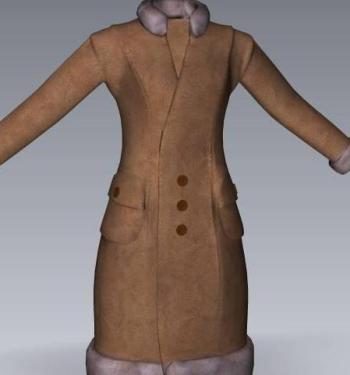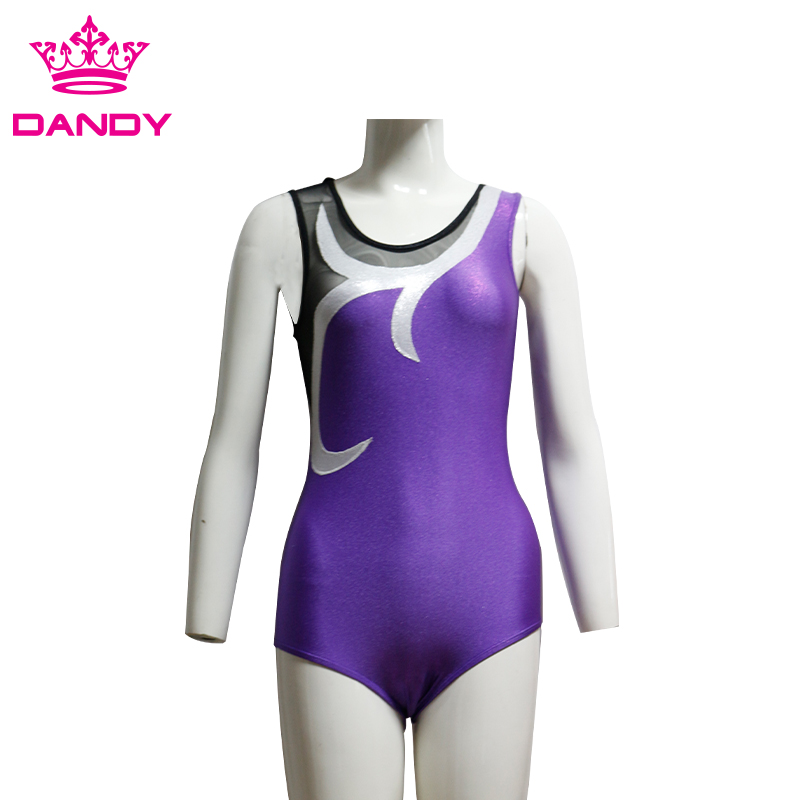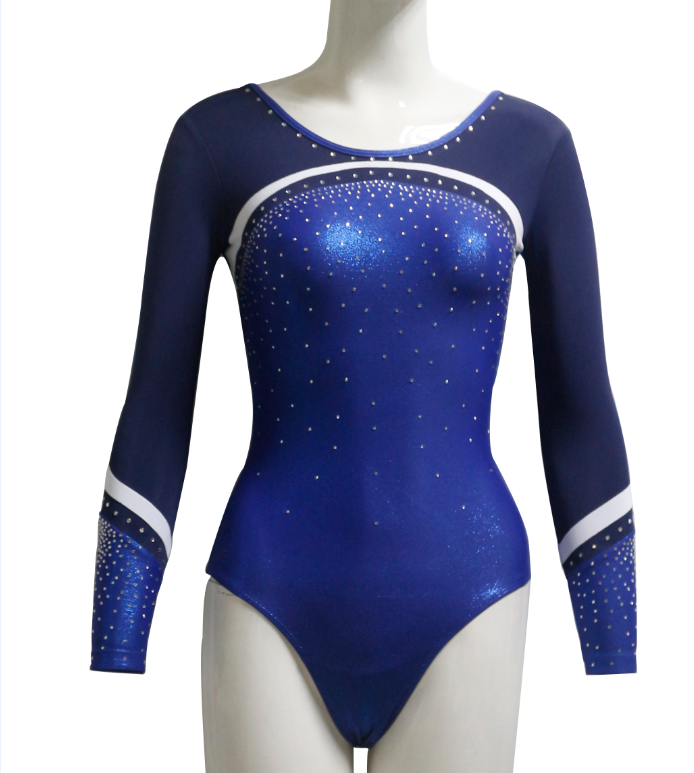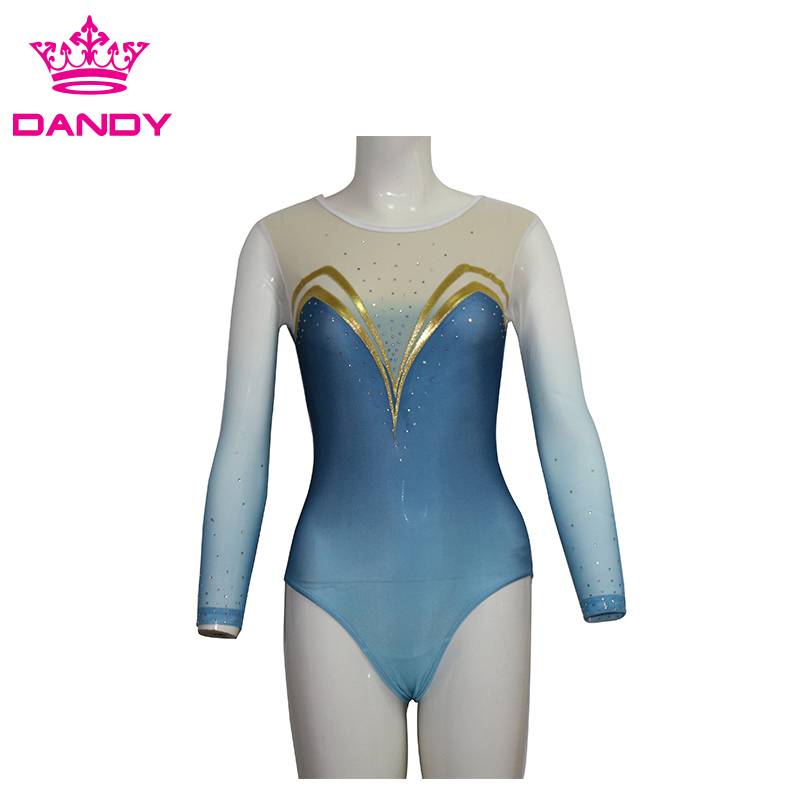February Textile and Apparel Trends and Investment Strategies
 At present, the international cotton market is still in a state of oversupply, and the United States and other major cotton-producing countries have not reduced the signs of planting. Therefore, in 2013, international cotton prices still lacked the momentum for a sharp rise. China may also continue to implement the policy of temporary purchase and storage of cotton, and the estimated purchase price will not be reduced. Therefore, domestic cotton prices in 2013 will remain at a high level, and the issue of cotton price difference between domestic and foreign countries will continue to exist. “In this case, it may be that the prices of cotton textiles, especially pure cotton textiles, will become higher and higher and may even become luxury goods,†said Gao Yong, vice president of the China Textile Industry Federation.
At present, the international cotton market is still in a state of oversupply, and the United States and other major cotton-producing countries have not reduced the signs of planting. Therefore, in 2013, international cotton prices still lacked the momentum for a sharp rise. China may also continue to implement the policy of temporary purchase and storage of cotton, and the estimated purchase price will not be reduced. Therefore, domestic cotton prices in 2013 will remain at a high level, and the issue of cotton price difference between domestic and foreign countries will continue to exist. “In this case, it may be that the prices of cotton textiles, especially pure cotton textiles, will become higher and higher and may even become luxury goods,†said Gao Yong, vice president of the China Textile Industry Federation. Wang Tiankai said that due to the current large gap between domestic and foreign cotton prices, it is difficult for textile companies to adjust and tap their own potential alone. Therefore, how to take measures from the policy level to effectively reduce the cotton price difference between domestic and foreign companies and ease the competitive pressures of cotton spinning companies will become an influence. Important factors for the operation of the textile industry. At present, the country has not yet established a clear solution to the issue of the cotton price difference between domestic and foreign countries. We hope to study and introduce relevant measures as soon as possible to promote the steady development of the textile industry.
According to international experience, the demand for garments for Chinese residents has increased. The average per capita gdp is below 3,000 US dollars. The demand for garments is still mainly for warmth. When the per capita gdp exceeds 3,000 US dollars and the price is between 3,000 US dollars and 5,000 US dollars, the demand for clothing will be higher. Large increase, and the demand for the pursuit of fashion, health care, comfort based, at present China's per capita GDP is just over 5,000 US dollars, so the demand for clothing and other textiles will further increase, which will be more obvious in rural areas and second and third tier cities.
In the winter of the clothing industry's overall encounter, most of the branded apparel companies are not alone in their own right. Yesterday, news of lay men's layoffs targeting business men was reported. However, the relevant persons of the Men's brand men's clothing said to the editor of the “First Financial Daily†that the performance of the Men’s Card brand was still good last year, but the routine elimination of personnel was performed every year.
This person said that within the company, at the end of the year, each department will carry out assessments, and those who fail the assessment will be eliminated. This year, the eliminated employees will receive n+1 compensation (that is, 1 for working years plus monthly salary). This kind of assessment will occur every year.
However, according to an industry veteran, since the second half of last year, a considerable number of clothing companies have conducted a substantial reduction in personnel, including some well-known companies. "Because of poor ordering, many garment companies have even reduced their warehouse staff by half."
For dealers, it has become a common consensus that stores cannot make money. A Yantai distributor in Shandong, which operates a number of clothing brands, told the editor: “Mid-to-high-end men’s wear is a little stronger, but it’s not as good as it used to be in previous years. Sports and leisure brands are even worse, and they are almost never profitable. â€
This situation is also reflected in the company's financial data. The data released by the casual apparel company Senma Garments (002563.sz) shows that as of the third quarter of last year, the company’s net profit was 474 million yuan, a year-on-year decrease of 41.4%, and its inventory also increased by 31.28% from the beginning of the year. At the end of the third quarter of last year, the inventory of seven wolves was 736 million yuan, up by 49.71% from the second quarter, and the proportion of total assets increased from 10.33% at the end of the second quarter to 13.33%.
In contrast, the business and the positioning of high-end men's apparel companies are slightly better.
Hong Wei, chairman of Haopai’s brand, said last year that in 2012, Qipai’s sales volume was about 3 billion yuan, and inventory was currently under control.
The above mentioned people also said: "Last year the company was a steady growth, with performance rising by about one to two percent.
For the 2013 situation, the industry is also more bearish.
According to the statistical data of Shenwan Textile and Apparel, 19 brand clothing companies, as of the third quarter of 2012, total inventory in the balance sheet was 11.7 billion yuan, an increase of nearly 18% year-on-year, an increase of nearly 134% from the third quarter of 2010, absolute The amount is also the highest in nearly three years. There is no significant improvement in apparel retail terminals. Based on the persistence of channel inventory pressure and the slowing down of expansion, it is expected that the growth rate of apparel company's income and net profit will slow in 2013.
Peak CEO Xu Zhihua said that in the past two years, the market’s spending power is insufficient and demand has shrunk. Although the government will take some measures to promote stable economic development in the long term, “2013 is still not optimistic and we can only make conservative estimatesâ€.
Xu Zhihua believes that judging the industry has a very important indicator called the selling rate. When the market is good, the selling rate is between 80% and 85%, and even higher. However, in the two years, the selling rate of Peak is only 70%. ~80%, some companies are even lower. "Although we are in a controllable range, there is a lot of pressure."
“If the pressure of the company in 2012 is on sales (ie, inventory sales), then the pressure in 2013 may be directly reflected in the cash flow.†The insider of the board also stated that for the apparel industry, 2013 It may be a worse year than 2012.
The textile and apparel industry is undergoing a process of continuous survival, survival of the fittest, and polarization. “From the current point of view, the downturn in the industry continues, there is no bottom, and there is no sign of recovery.â€
Competition Leotards: Competition leotards are brilliant and eye catching which is made from 250gsm/260gsm lycra and some popular mystique fabric and custom mesh fabric. Our prices are based on the custom design and fabric required. It's around $ 35





Competition Leotards
Competition Leotards,Gymnastics Uniforms,Girls Gymnastics Wear,Girls Gymnastics Wear
Guangzhou Dandy sporting goods Ltd , https://www.dandysportswear.com
